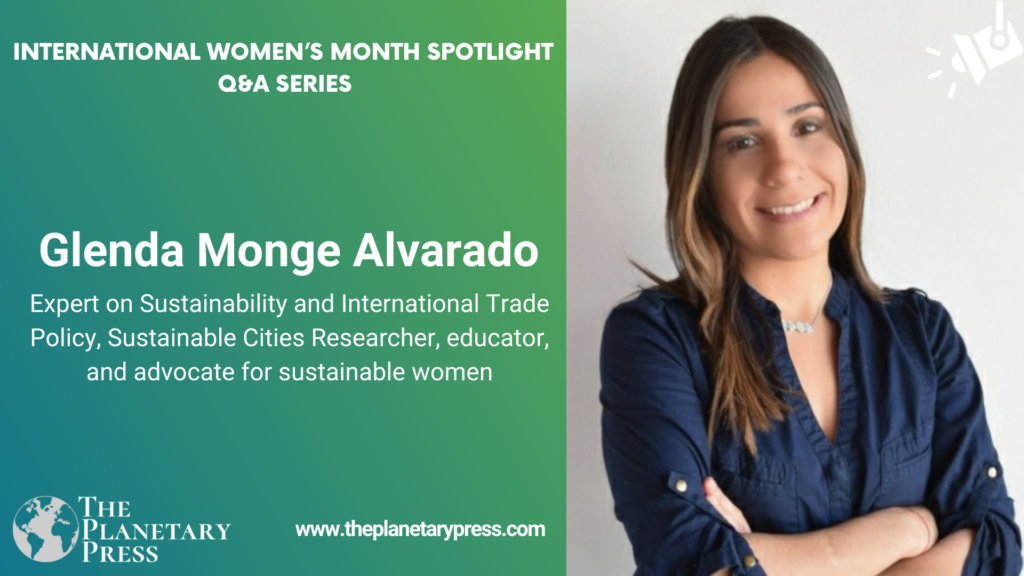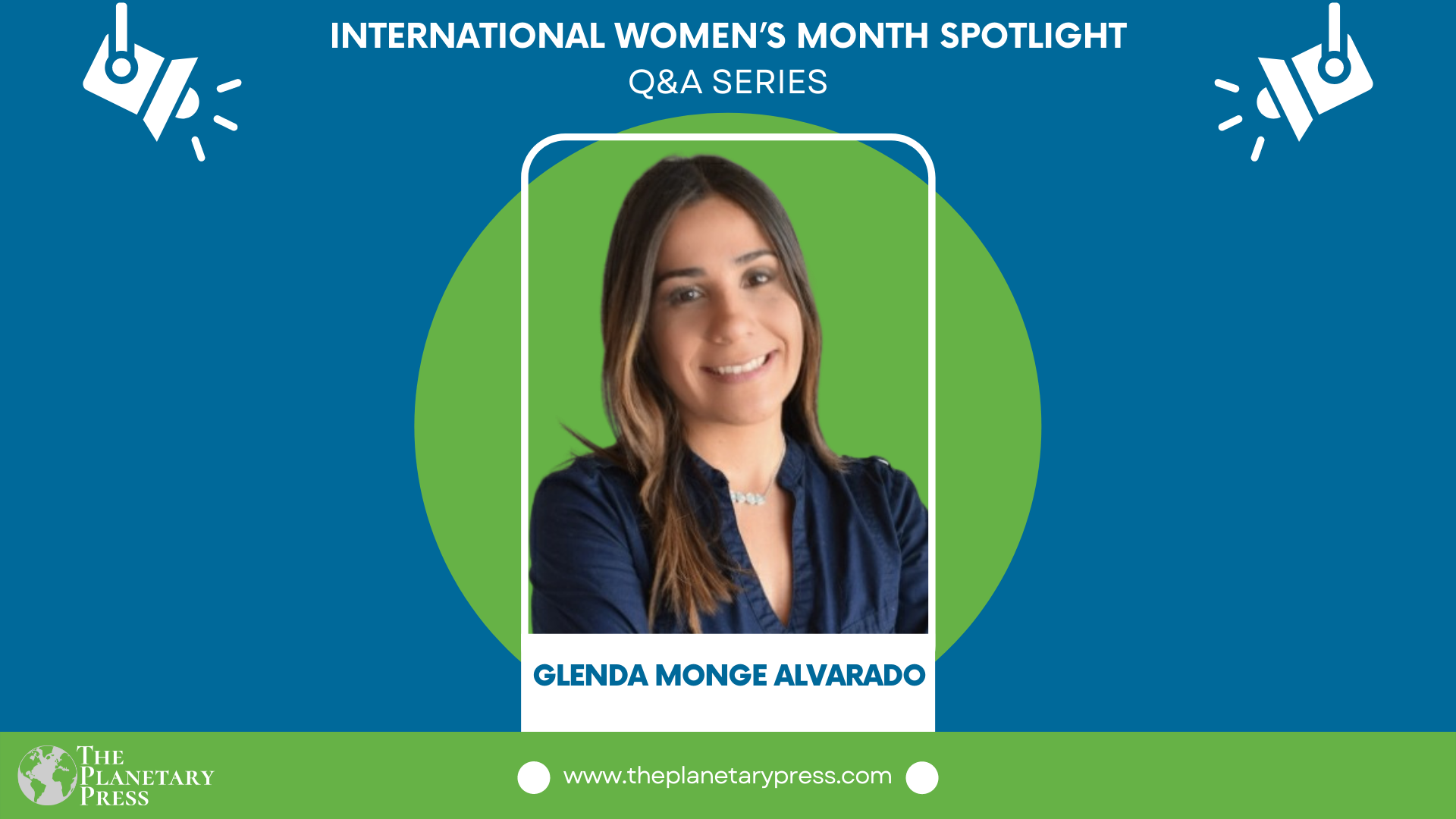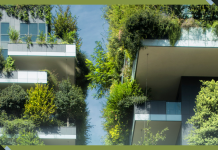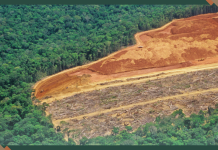International Women’s Month Q&A series

Please tell us a little about yourself and your work.
I have always believed that regardless of the profession you have, 90 percent of the career you build depends on your convictions and aspirations as a human being, as well as the people you surround yourself with. In my case, I have achieved a professional profile with knowledge of International Relations with Trade Policy and project management; but as a life purpose, I honed my career around sustainability in its broadest sense, where the economy, the environment, and the social dimension form a virtuous circle as the backbone of development.
On this learning path, I have had the opportunity to discover three things that have marked turning points in my career. The first one is that complex problems are better understood with analogies, and believe me, the world of sustainability is so heterogeneous that it is better to see it through these “lenses.” The second one is that the importance of cities on the path towards equitable and regenerative development is greater than we can imagine; they are a centrifugal force of challenges but also of opportunities. And the last one is that the people with whom I have surrounded myself have been mentors, directly or indirectly, and have played a fundamental role in being who I am today at almost 30 years old. We will see in the coming decades what I can tell about the learning that awaits me.
Despite having formal studies, my work to date has been built on self-taught research and experience that have made me grow exponentially as a person and an expert in sustainability. I started with an approach to the world of Human Rights as a research assistant for the Political Observatory monitoring the UN peacekeeping missions. Then I had the opportunity to work on a project to monitor climate finance flows in Costa Rica, which allowed me to increase my knowledge of what qualifies as climate action and what is merely of an environmental nature. Another part of my work over the years has included the analysis of public policy and key events that should be understood by decision-makers in a clear and concise manner.
For things in life, I had the opportunity to live in Colombia for four years, where I was a founding partner of SEE Investing (for Social Responsibility with strategic relationships) and the SEE Women Latam brand (promoting sustainability and climate action based on equitable share). This stage was like getting an MBA on the street, where I learned in practice to manage projects, negotiate, the art of knowing how to summon respect for the hierarchies of each party, and to understand the needs of each party. It also allowed me to understand how to reconcile between different parties such as citizens, companies, local governments, community leaders, among others. It was exposing myself to a reality very different from the one I knew and to experiences that, otherwise, I might not have had. Although the strongest fieldwork was in Colombia, we also had the opportunity to promote sustainable leadership among leaders of specific movements and businesses in Mexico, Peru, and El Salvador.
In the last year, I have been volunteering for an American company based in Houston whose name is iMore Agendas, where I have advised founders of traditional business models to make the leap to “version 2.0” of their own company. They include policies or initiatives related to social or environmental impact. I have also advised people who have an idea and do not know how to turn it into an impactful business and want to take advantage of the trends that are emerging in the United States. One of these trends is stakeholder capitalism, which, even now, has bills at the federal level.
Can you share with us more about your background and how you got started working in the sustainability space?
As a Costa Rican, I grew up thinking that all people had the opportunity to grow up surrounded by biodiversity and to access basic services for well-being as people. But it was in my adolescence when I became aware of the reality beyond the borders of this small country. It was then that I discovered that I wanted to invest my life in working on the challenges that the world poses in terms of people’s quality of life and the preservation of the Earth System.
As is well known, sustainability is a very broad spectrum, and today it represents a megatrend that has permeated a large part of day-to-day decisions, from the individual to the global level. Although I have felt this affinity since my first years of life, it was specifically in the third year of my university career that I was assigned to research related to the international politics of the environment and megacities.
That research marked a before and after in my relationship with the world of sustainability and also of climate action, specifically. As a result of this research, I fondly remember an urban planning professor who allowed me to be a guest student on two architecture courses, where there was an exchange between a social science student and his students. It was an enriching experience due to the convergence of points of view that always led to interdisciplinary visions to solve urban planning problems.
I began to feel a strong call to delve into the complexity of cities through Jaime Lerner’s Theory of Urban Acupuncture, which I found great sense in because it says that there are ailments in specific points. If those points are revitalized, the qí (vital energy) of the city will flow. If you pay attention to it, it makes a lot of sense if it is applied under a Latin American vision, where peripheral areas are often neglected but suffer from “chronic diseases” that are not intervened because they are rarely reflected in an obvious way in the trunk area of a city. Although it does affect many points of view such as security, infrastructure, inclusion, access to opportunities, among others.
From then on, I worked and participated in projects related to climate action and sustainability from an ecosystem point of view where it is understood that we belong to a whole. With my experience in Colombia, I began to become aware of the importance of giving a differentiated approach to certain interventions for fair and equitable participation of the genders. We all have something valuable to contribute to the planetary challenges that concern us all as human beings. And today, I am a sustainability teacher for an MBA program, an opportunity that has given me the opportunity to meet people who are managing different departments or companies in Latin America. Who, through the knowledge that I transferred to them, are beginning to be interested in this wonderful sustainable world.
Although my way of working for sustainability has changed over time, this will always be the core of the activity that I carry out. I am not lying to you, I am very excited to think of all the learning that I can continue to acquire and the people that can continue knowing under this vision of a cleaner and fairer world.
How can we get more women involved in sustainability?
I would like to answer this question by recalling the essence of sustainable women promoted by SEE Women. The sustainable woman is an agent of change for collective well-being; she is the one to whom we “give the needles” of Urban Acupuncture or Social Acupuncture and allow us to have a 360 vision of the challenges to propose solutions, to heal those sick points.
Now, as I mentioned at the beginning, comprehensive sustainability seeks a balance between the environmental, social, and economic dimensions. To achieve a symbiotic relationship between the three, we require diverse teams that pave the way for initiatives that are economically viable, socially just and distributive (both intergenerational and intragenerational), and environmentally tolerable (that we give our ecosystems time to regenerate).
Imagine how different the world could be if we recognize that we have wasted female talent due to gender biases that we acquire as we grow up. This triple dimension, although challenging, can be more bearable if we make the most of those women who have the tools, knowledge, and expertise to know where to puncture and revitalize. They could even save us millions of dollars if they add their professional or ancestral knowledge for proper management of biodiversity and adaptation to climate change, which today represents a major headache for countries.
Laying the foundations for fair and equitable participation in sustainability and climate action will be the work of many years, although we can start by understanding that there is a gap, and in each specific case, it requires a differentiated approach. Sustainability hand-in-hand with technology has brought and will continue to bring multiple benefits, but its equitable distribution improves to the extent that we encourage the participation of women in the different links of each productive activity related to sustainability, as long as it goes hand-in-hand with the most intimate area that is co-responsibility in homes.
For example, in the value chain of the circular economy, there is a high female participation, but staying with that data is insufficient. If we put on gender-responsive lenses, we will find that although this participation is high, it is concentrated in the links with the lowest remuneration, such as waste collection and separation, even though there are jobs in the transformation of materials or innovation that can be very well paid. Why do you think this happens? The woman is usually the caretaker in her home, whether her children or older parents, which conditions her time and is an unbreakable role according to the environment and inherited traditions. This means that their time to become technical or specialize in an activity that could be better paid is greatly reduced, and, therefore, their participation in an activity related to sustainability does not have the possibility of labor mobility and, therefore, of social mobility.
With this small example, the importance of contemplating the complete panorama is synthesized, and those of us who are already in a privileged position must help make visible these realities that are not always understood by other people, either due to ignorance or lack of knowledge. For this, there are already methodologies that insist that female participation in sustainability is achieved by working together with men, re-educating them in terms of co-responsibility, and making them and society, in general, understand that this is not a zero-sum game but a win-win.
What are some of the challenges you have faced along the way and how have you overcome them?
- Being a young foreign woman was always a challenge in terms of the credibility of my abilities because, in the beginning, not many people knew my work or had references to it. And although it is not easy to recognize it, we still deal with adult-centric and sexist biases in the business world, so you are forced to go the extra mile to make your work visible and demonstrate your talent. I have coped with a support network of people who have been angels in the sense that they gave me a space to listen to myself and notice the potential of myself and my work; it is always good to cultivate these links and trust in the course of your path without neglecting the effort you make on your part. The idea is to reach a point of evolution in humanity where you should not need to go that extra mile to be valued for gender-based biases.
- Selling an intangible asset on a subject that is not yet fully understood. Although we hear the word sustainability every day in different contexts, many people still need to understand it in its broadest sense, and not just as financial sustainability or sustainability over time. Therefore, selling services related to sustainability requires an extra effort to first educate your client regarding materiality, and then you can present your proposal with the certainty that they will understand and value it.
- Strategic management of stakeholders within the framework of a specific project or program has been and always will be a challenge that I have learned to tackle with experience. I consider that it is an art that they do not teach you in any university, and you do not learn to manage it until you have the opportunity to do it. The main challenge was when I dealt with a project where different cultures and types of actors converged, so the communication, the call, and even the workshops had a specific component for each actor; and thus, achieve a shared vision to work for the same scope.
How can companies best incorporate sustainability and implement circular economy into their practices?
- Speak the same language: all employees in an organization must first understand what sustainability is and the importance of each work team to achieve the objectives set as an organization, understanding everything from material issues to the importance of belonging as a social enterprise and environmentally responsible.
- Identify where the sustainability compass or the circularity index points: material issues are usually the ones that guide the actions that can be taken and the north of the efforts. As I mentioned at the beginning of the interview, sustainability is heterogeneous, and this means that the levels of action are as specific or as broad as you wish, but defining the issues to work on and the stakeholders to impact will be a good start to prioritize the work and report it properly. Regarding the circular economy, there are variables to consider, such as whether you are a supplier of a good or service, but in any case, it could start with a diagnosis of the circularity index to find opportunities for action.
- Define whether it is financial materiality, impact materiality, or double materiality: fortunately, sustainability has begun to be understood as a strategy with a good return on investment, whether due to good risk management; for economic benefit to shareholders; or the impact on the economy, people and the environment. Any option is valid, as long as you try to give the correct achievement to measure it properly.
- Define measurable, traceable, and verifiable criteria for transparent reporting: execution is as important as measurement and reporting. Therefore, it is highly recommended to define criteria that demonstrate transparency of the impact in the short, medium, and long term. Stakeholders value transparency, and, furthermore, this can be an important input to position oneself in global sustainability indices, such as those of the Dow Jones family.
- Avoid transactionality: the strategic relationship with stakeholders is the cornerstone for good sustainability management since your efforts will be rewarded in one way or another. If you implement an initiative that has no significance over time and that interest group does not appropriate it, it is not sustainable; it is just an isolated initiative that does not translate into materiality.
What are your three favorite solutions to one of the world’s challenges?
- Climate forecasting: estimating the climate variability induced by anthropogenic activities is a super useful tool for the process of decarbonization and management of adaptation to climate change in cities. There are urban compositions that are especially exposed, and the greater predictability, the better land-use planning. Likewise, it is an extremely useful tool to gradually dispense with Business as Usual (BAU) thanks to the simulations that show what would happen if we continue doing things the same.
- Shared economy platforms for a better use of goods and the land: this economy is here to stay, as it makes more intensive use of existing goods through peer-to-peer platforms, be it real estate, means of transportation, or even tools that we do not use every day and that we require from time to time at home. The intensive use of existing real estate through the remodeling or temporary rental market discourages the expansion of urban sprawl and all the benefits that this entails at the landscape level, reduction of GHG emissions, optimization of infrastructure, among others. While the platforms that connect drivers with their own vehicle with ride-sharing users discourage vehicle ownership and at the same time generate key data for decision-making in terms of mobility, which can even be without a driver since they also offer options for micromobility where the user drives one vehicle that is not necessarily a car.
- Spatialized intelligence: it is a relatively unknown concept but extremely useful when modeling urban planning and rethinking citizen interaction with urban space. It has a tone of infrastructure and social inclusion with the support of technology such as sensors, cameras, MaaS (Mobility as a Service), TaaS (Transportation as a Service), among others. This is because it can help make investment decisions in public infrastructure according to population density, moving daily depending on the busiest routes and the type of means of transport; trends in the use of public space; dynamics of the real estate market that no longer only sells an apartment, but that housing has come to be considered a platform for access to the benefits of cities; it can measure spatial segregation and direct incentives to improve this problem at a structural level, for example with bank credit measures; it can be an important input for prevention of extreme weather events; it is a support of relevant information for public policy related to climate ambitions of zero-emissions; and many more benefits.
Social Media:
Facebook: Glenda Monge Alvarado
Instagram: @gama_92







